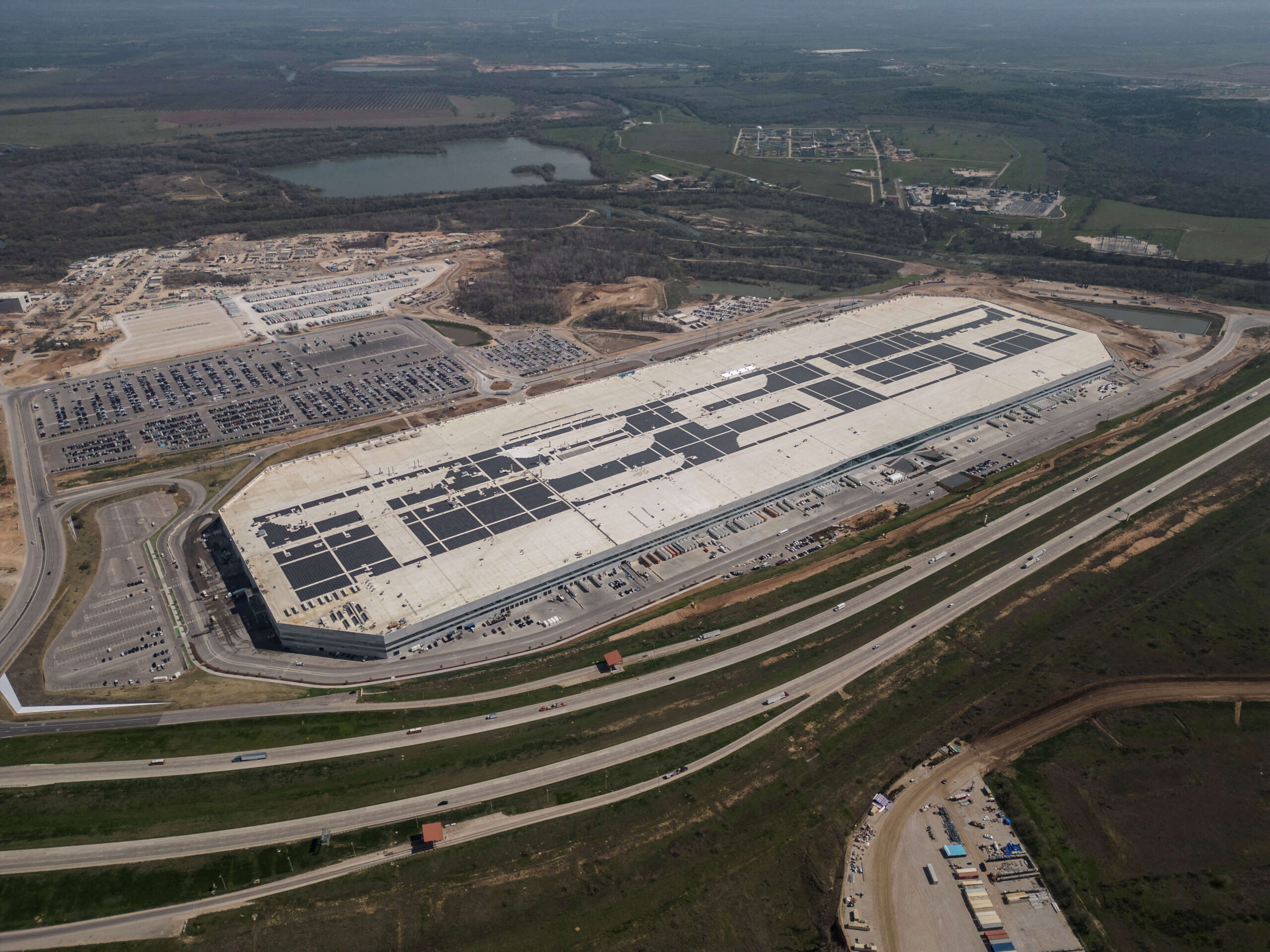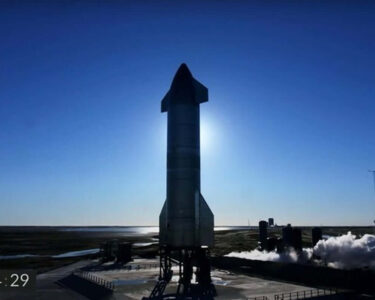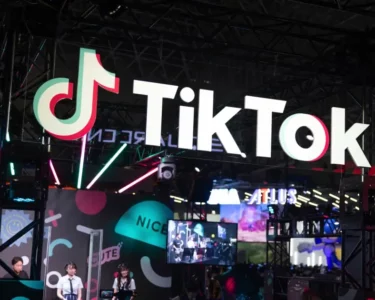Tesla has recently unveiled a series of innovative developments that have the potential to revolutionize electric vehicle (EV) manufacturing and significantly reduce production costs, aligning with Elon Musk’s ambitious goal of cutting costs in half. According to five individuals familiar with these advancements, Tesla has been at the forefront of EV manufacturing with groundbreaking techniques.
One of Tesla’s pioneering innovations is the use of massive presses with clamping pressures ranging from 6,000 to 9,000 tons in a process known as “gigacasting.” This method is employed to mold the front and rear structures of the Model Y, effectively reducing production costs and placing competitors in a race to catch up.
In its quest to maintain its leadership position, Tesla is now closing in on a breakthrough that would enable it to die-cast nearly the entire complex underbody of an EV as a single piece, contrasting with the approximately 400 parts found in conventional cars.
This technology is central to Tesla’s “unboxed” manufacturing strategy, unveiled by CEO Musk earlier in the year. This approach involves producing large sub-assemblies of a vehicle simultaneously and then assembling them. However, the specifics of these modular blocks remain speculative.
Terry Woychowski, president of Caresoft Global, a U.S. engineering company, describes this innovation as a game-changer for the automotive industry, potentially disrupting the way cars are designed and manufactured. Casting large, intricate structures has historically been a formidable challenge.
What sets Tesla apart is its ability to develop an EV from the ground up in as little as 18 to 24 months, while most rivals typically require three to four years. This agility allows Tesla to maintain its competitive edge and potentially introduce a small EV with a $25,000 price tag by the middle of the decade.
Tesla is expected to make a decision on whether to die-cast the entire platform as early as this month, but the final product may evolve during the design validation process.
The key to Tesla’s breakthrough lies in the design and testing of the molds used for such large components and the incorporation of hollow subframes with internal ribs to reduce weight and enhance safety. These innovations, developed in various countries, involve 3D printing and industrial sand.
In the past, automakers hesitated to cast larger structures due to the “gigawatt dilemma,” which involved high costs and significant risks in creating molds for parts exceeding 1.5 square meters. Tesla overcame this by using 3D printers and industrial sand to create test molds. This approach significantly reduced costs, as adjustments during the design process were far more economical compared to traditional metal molds.
The validation cycle for sand casting takes only two to three months, in contrast to six months to a year for metal mold prototypes. Furthermore, Tesla plans to cast subframes with hollows as part of the gig-casting process by placing solid sand cores within the overall mold, which are subsequently removed to create voids.
One of the last remaining challenges was achieving Tesla’s stringent criteria for crashworthiness with the aluminum alloys used for castings. This was addressed through the development of special alloys, optimization of the alloy cooling process, and the implementation of post-production heat treatments.
Tesla’s upcoming small EVs, designed for personal use and potentially for use as robotaxis, are conducive to casting the entire underbody in one piece due to their simplified design with minimal front and rear overhangs.
However, Tesla still faces a decision regarding the type of gigapress to use for this purpose, which will dictate the complexity of the car’s frame. High-pressure gigapresses with clamping power exceeding 16,000 tons could be employed for faster production, but they may not accommodate the 3D-printed sand cores needed for hollow subframes.
Alternatively, Tesla could opt for a different type of press that allows for slow alloy injection, producing higher quality castings and accommodating sand cores. While this approach offers versatility and quality, it comes at the cost of a longer production process.
Tesla’s recent innovations in EV manufacturing, including gigacasting and 3D printing with industrial sand, have the potential to significantly disrupt the industry and reduce production costs. These breakthroughs could pave the way for Tesla to introduce more affordable EVs in the coming years while maintaining its competitive edge in the market. However, key decisions regarding the manufacturing process are still pending, highlighting the dynamic nature of Tesla’s approach to innovation in the automotive sector.





